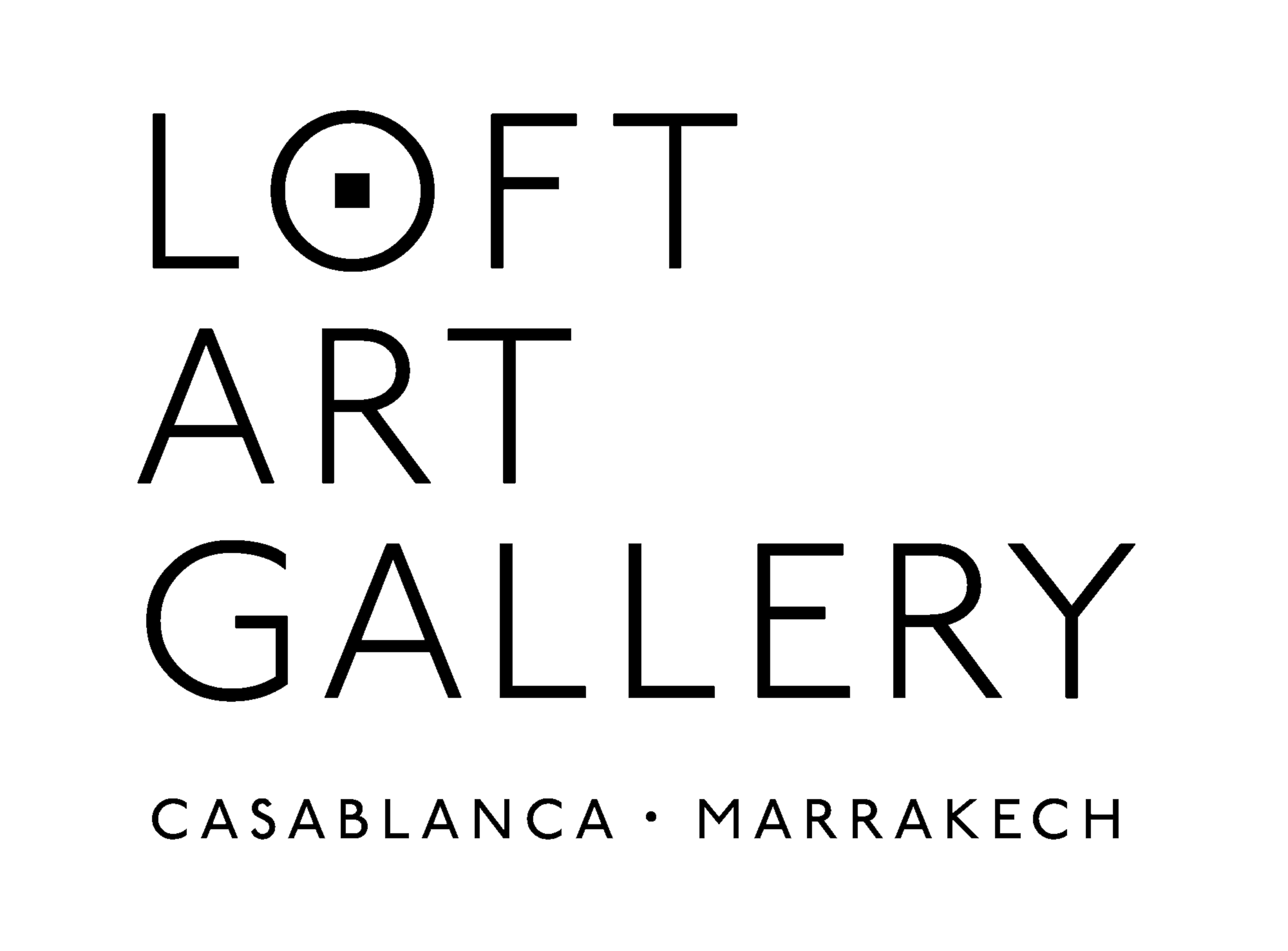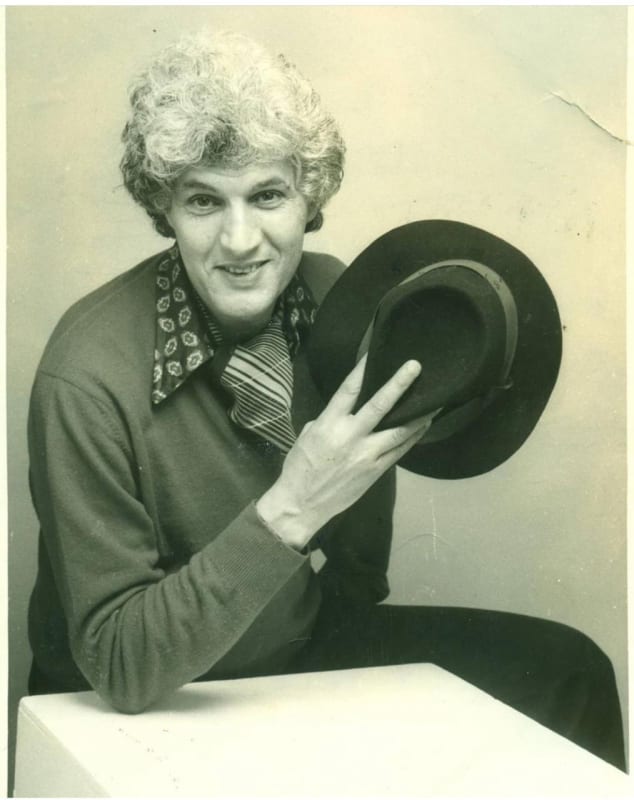Mohammed Hamidi
Born in 1941 in Casablanca
Lives and works between Azemmour and Casablanca
In 50 years of creation and throughout a journey of exceptional variety and richness, Mohamed Hamidi is today one of the greatest figures of Moroccan painting.
The artist’s exploration ranges from figurative to abstract, from nudes to still-life painting, from Africa to Europe, yet remains consistent in terms of line, symbols and colours.
The assertive character of Hamidi's work is evident from the very beginning: from the first wall drawings of his childhood and his 1962 training in Parisian studio of the great painter, decorator and muralist, Jean Aujame, to “Manifesto” in Jamaa-El-Fna Square in 1969, a seminal date in the history of Moroccan art. In the midst of the postcolonial period, this exhibition-reflection upon the Kingdom’s national culture and identity - jointly conducted and organized with other major artists of the Moroccan art scene - remains the founding event in the history of modern art in Morocco.
Hamidi's reflection led him to intensify his research, working with cubism, still lives, and the nude, which he interpreted in his individual style, using fragmentation and geometry. His trademark: using line and the “unseen” body to bypass representational taboos. Hamidi continues his unrelenting research, integrating multiple influences in his recognizable hand. Turning later to architecture and the use of planes, mass, and the colourful, interpenetrating shapes defined by the recurrent use of line that indelibly characterizes the artist's work.
Finally, in the company of artists such as Melehi, Belkahia, Chabâa, and convinced of the urgency of creating a contemporary art form that is authentically Moroccan, Hamidi turned to a modernity rooted in the Moroccan aesthetic tradition. Hamidi participated in the development of methodology to teach the history of Moroccan craftsmanship, from carpet and jewelry design to ceramics. This commitment to the service of craftsmanship is a frequently-recurring element in his work.
Hamidi has, throughout his career, never ceased to revisit and transcend themes, shapes and colours, movement and the human body, tinged with an eroticism that belies modesty, in a constant process of renewal.
In 2019, the Centre Pompidou integrated two of these works into their permanent collection.

